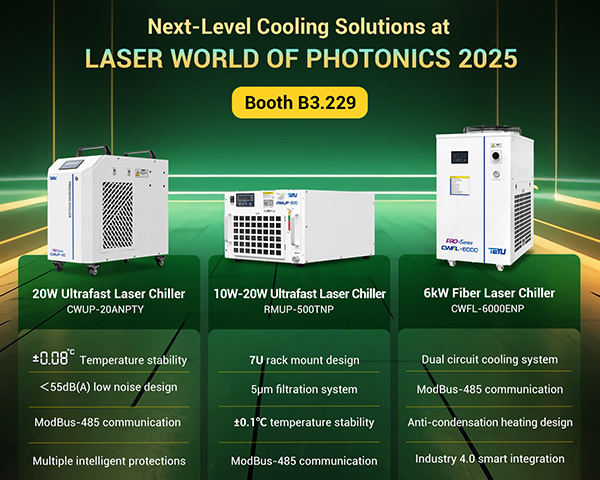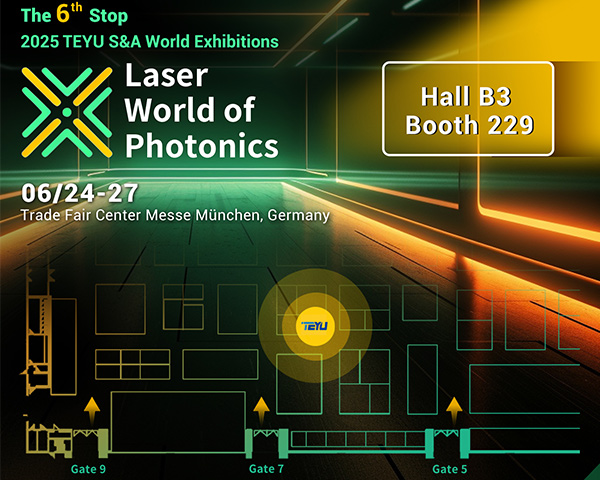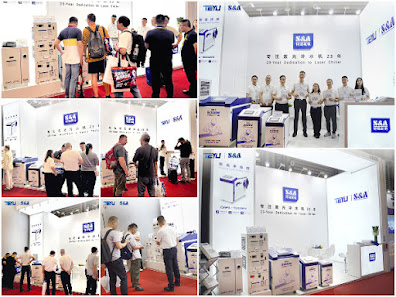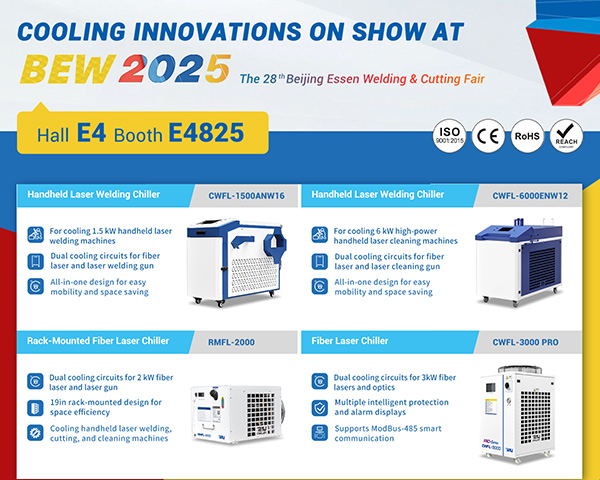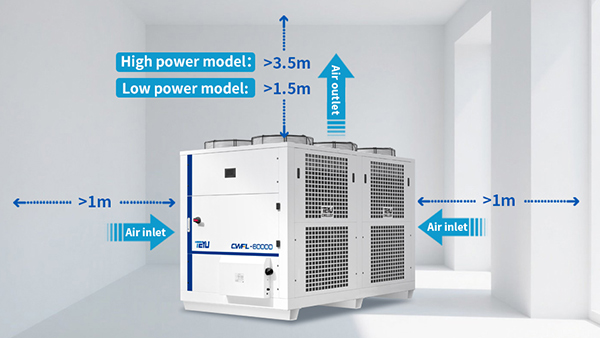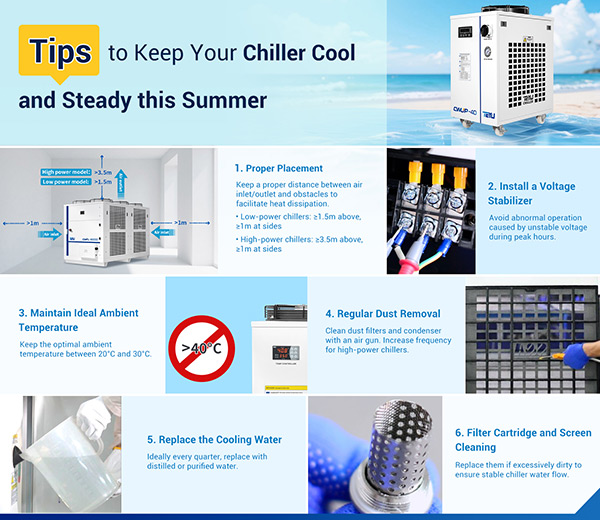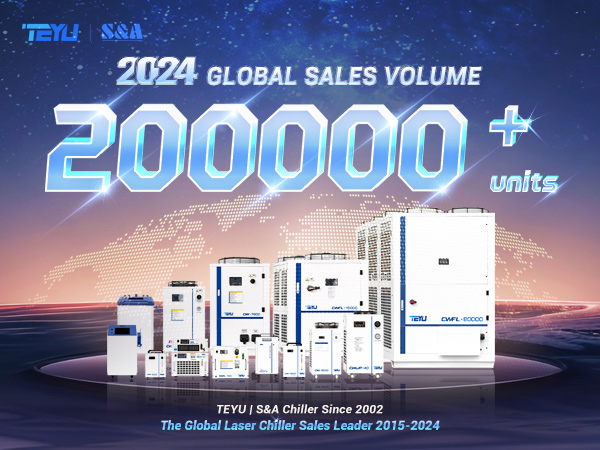Hydraulic press brakes generate substantial heat during operation, mainly from the hydraulic system. While many machines include built-in air-cooled radiators, these are not always sufficient under demanding conditions. In high-intensity or high-temperature environments, an
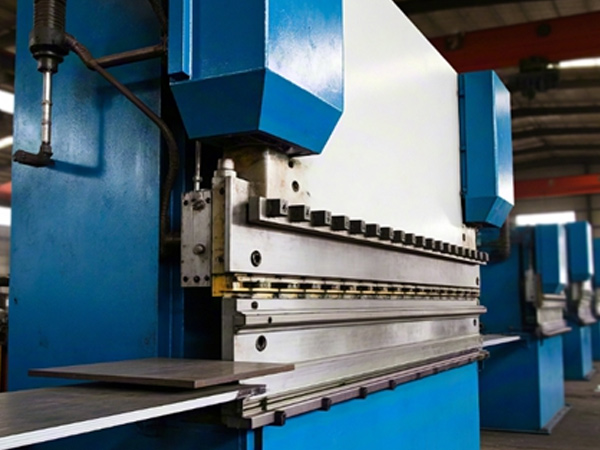
When Does a Press Brake Need a Chiller?
High-Intensity, Continuous Operation: Long hours of processing thick or high-strength materials like stainless steel can cause excessive heat buildup.
High Ambient Temperatures: Poorly ventilated workshops or hot summer months can significantly reduce the efficiency of internal air cooling.
Precision and Stability Requirements: Rising oil temperatures reduce viscosity, destabilizing system pressure and increasing internal leakage, directly impacting bending angle and dimensional accuracy. A chiller keeps hydraulic oil at an optimal, stable temperature.
Inadequate Built-in Cooling: If the oil temperature regularly exceeds 55°C or even 60°C, or if precision and pressure fluctuations occur after long operation, an external chiller is likely necessary.
Why an Industrial Chiller Adds Value
Consistent Oil Temperature: Maintains bending accuracy and repeatability across production runs.
Enhanced Equipment Reliability: Prevents overheating-related failures, such as damaged hydraulic components, degraded seals, and oil oxidation, minimizing downtime.
Extended Equipment Lifespan: Protects the hydraulic system's core components from thermal stress and wear.
Higher Productivity: Enables stable, full-load operation over extended periods without compromising performance.
While small, intermittently used press brakes may function well with internal cooling, mid-to-large hydraulic press brakes used in continuous, high-load applications or high-temperature settings will benefit greatly from an industrial chiller. It's not just a helpful add-on—it's a smart investment in performance, longevity, and production efficiency. Always monitor your machine's oil temperature and operational behavior to make an informed decision.
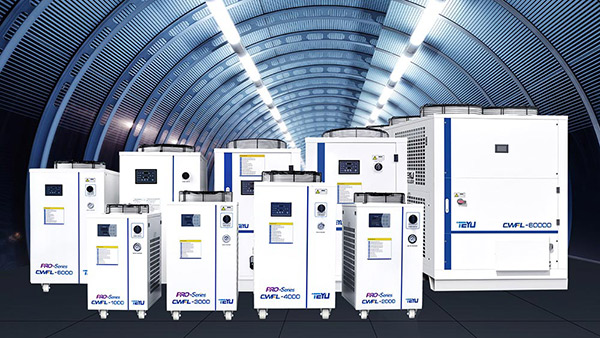
Source: https://www.teyuchiller.com/does-your-press-brake-need-an-industrial-chiller.html

